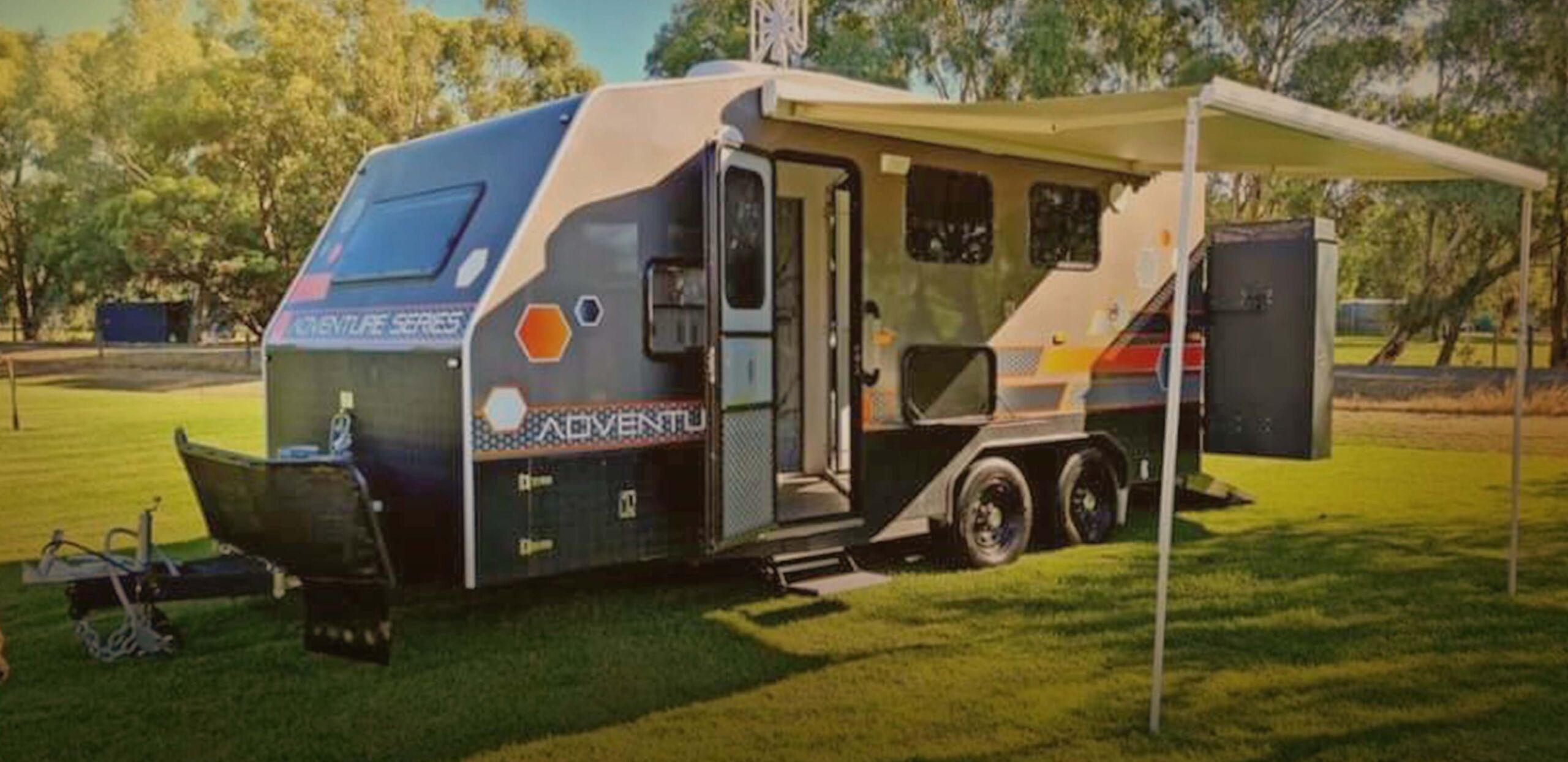Ensuring safety must be prioritised when transporting a horse in a horse float or trailer. Horses are typically known as flight animals, and travelling in an enclosed space can lead to psychological and physical stress, especially when the route is winding and there is traffic on the road.
Build the Horse’s Confidence for Loading and Unloading
The horse’s experience the first time they encounter warmblood floats for sale is what they will likely remember. If the horse had a calm and comfortable loading and unloading experience, it would be easier for owners to train them around the trailer. Moreover, they would likely be more willing to enter and exit the horse float without any stress.
Prepare the Environment
Handlers must ensure that the space around the horse float does not have obstacles or distractions. This helps the horse remain focused and lessens the risk of accidents occurring. To overcome the horse’s initial fear with a horse float, handlers can make it less daunting and intimidating by removing partitions.
Place the Horse Float on Level Ground
When loading and unloading the horse, the handler must place the float on level ground. This is done to avoid it from tilting after being opened. Parking the 2-horse angle load float for sale NSW against a wall can be beneficial for horses. When the ramp is open, handlers must also ensure that the angle levers are not protruding from under the ramp, as the horses may step on them and injure themselves.
Use Proper Equipment
Investing in well-fitted equipment is a vital safety tip when loading and unloading horses in a horse float. Headstalls and lead ropes are typically the easiest ways for handlers to lead a horse in and out of a float and secure it. Handlers must also avoid using worn-out or damaged equipment, as this may cause injury to the horse.


